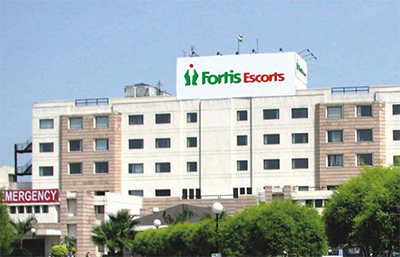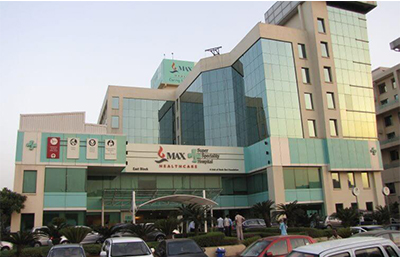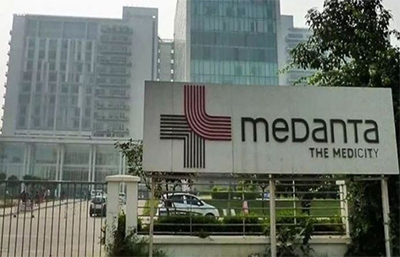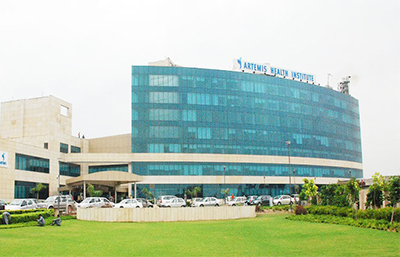Prostate cancer is a common cancer type of cancer in men. In this cancer, the cells in the prostate gland begin to grow uncontrollably. Prostate is a walnut-sized gland present below the bladder in men, which produces a fluid that forms part of semen. The size of the prostate gland increases with age.
Most prostate cancers are slow-growing cancer, but in some cases, it may grow and spread fast. Adenocarcinomas, the most common type of prostate cancer, develops from the gland cells that produce the fluid.
Types of Prostate Cancer
- Small cell carcinomas
- Sarcomas
- Neuroendocrine tumours
- Transitional cell carcinomas
Causes
The exact cause of the cancer is still undiscovered. It is believed that prostate cancer is caused due to a change in the DNA of the prostate gland cells.
Several factors may increase the risk of prostate cancer, such as:
- Age: The risk of prostate cancer increases with increasing age.
- Family History: A person with a family history of prostate cancer or breast cancer has an increased risk of developing prostate cancer.
- Race: Black men have an increased risk of prostate cancer than the white men do. It is also found that prostate cancer in black men is usually advanced and in a more aggressive form.
Some other possible factors that may also increase the risk of prostate cancer are:
- Obesity
- Diet rich in high-fat dairy products and red meat
- Reduced intake of fruits and vegetables
- Smoking
- Chemical exposure
- Inflammation of the prostate
- Vasectomy
- Sexually transmitted infections
Symptoms
In the early stage, prostate cancer may cause no symptoms. The symptoms of the prostate gland may vary from person to person. Some may show symptoms, and some may show no symptoms at all. Some common symptoms of prostate cancer may include:
- Difficulty in urination
- Interrupted flow of urine
- Frequent urination (especially in night)
- Blood in the semen or urine
- Burning sensation or pain during urination
- Long-lasting pain in the pelvic region
- Erectile dysfunction
- Difficulty in emptying the bladder completely
Risk Factors
The risk of prostatectomy depends on the patient’s age, body type, and health, and type of the procedure. The common risks of prostatectomy may include:
- Urinary incontinence
- Erectile dysfunction
- Decrease in penis size
- Inguinal hernia
- Impotence
Treatment
Various treatment options are available for treating prostate cancer. The choice of the treatment is based on several factors like the extent of cancer, growth of cancer, and overall health of the patient. In patients with low-risk prostate cancer, immediate treatment may not be given. Instead, they are kept on active surveillance (regular follow-up is done to monitor the progression of cancer). If in the surveillance, cancer seems to be progressing, the patient needs to undergo treatment for the condition.
- Radical prostatectomy: The prostate cancer, along with some surrounding tissue and lymph nodes, are removed. The prostatectomy can be performed in the following ways:
- Robot-assisted surgery: In this method, the instruments are attached to a robot (mechanical device), which are inserted into the abdomen through numerous small incisions. The doctor guides the robot to move the instrument. It aids in making more accurate movements.
- Retropubic surgery: In this method, an incision is made at the lower abdomen through which the prostate gland is taken out.
- Perineal prostatectomy: An incision is formed in the perineal wall (the area between the scrotum and anus) to remove the prostate gland.
- Radiation Therapy: High-energy X-rays or proton beams are used to kill the cancer cells or hinder their growth. It can be given in two ways: External beam radiation: A machine is used to deliver radiations to the cancer area externally.
- BrachytherapyA radioactive substance that is sealed in seeds, wires, needles, or catheter is placed in the prostate tissue by using a needle guided by ultrasound images. These seeds deliver low-dose radiation for a long duration.
- Hormones Therapy: The hormones are removed or blocked from performing their actions, which stops the cancer growth. In prostate cancer, surgery, drugs or other hormones are used to remove or block the action of the male sex hormone, testosterone (responsible for the growth of prostate cancer). It is usually given in case of advanced cancer to reduce the size or slow down the growth of cancer.
- Luteinizing hormone-releasing hormone (LH-RH): These medications prevent the production of testosterone. The drugs used in the hormone may include goserelin, leuprolide, triptorelin and histrelin. Sometimes, some other drugs like ketoconazole and abiraterone may also be used.
- Anti-androgens: The anti-androgens like bicalutamide, nilutamide, and flutamide prevents testosterone from reaching the cancer cells.
- Orchiectomy: The testicles (part of the male reproductive system that makes testosterone) are removed. It reduces the testosterone levels in the body.
- Chemotherapy:Drugs are used to kill cancer cells. It can be administered intravenously or orally. It is beneficial in cases where cancer has spread to other body parts or when cancer does not respond to hormone therapy.
- Immunotherapy (Biological therapy): The body’s immune system is enhanced to fight against the cancer cells. Sipuleucel-T is a type of immunotherapy used to treat recurrent or metastasize prostate cancer.
Duration of the treatment
The duration of the treatment may vary for every surgical procedure. If required, radiation therapy may be given for 5 days in a week for several weeks. Chemotherapy cycles may be given based on the severity of cancer. Each cycle(which includes the treatment period and the rest period) may last for a few weeks.









